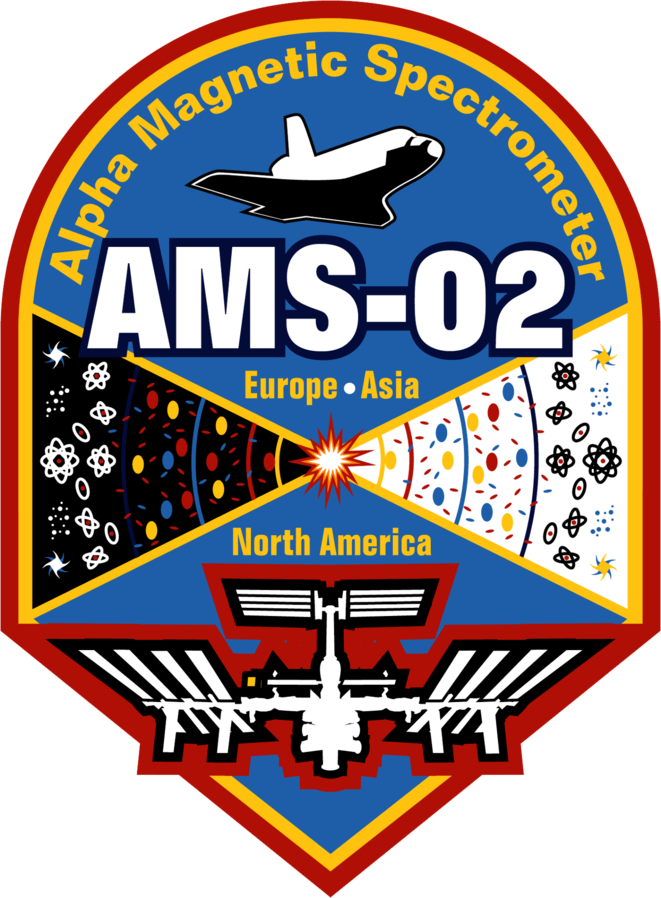Thermal Operation
During operations of AMS on the ISS, several subsystems (TRD Gas Pumps, Tracker plane 1, and the Lower TOF PMTs) have often operated near their operational limits due to thermal conditions described below (see in Thermal System). These required operational workarounds by the Thermal team or ISS actions at the direction of the Thermal team to avoid permanent damage.
The first of the environmental variables which influences the temperatures of AMS is the angle between the ISS orbital plane and the direction to the Sun, defined as the solar β angle (Figure 1). At extreme β angles, parts of AMS are continuously illuminated by the Sun and others are in the shade, causing large temperature differences (see Figure 2). At large positive (or high) values, the port side of AMS is hot and the starboard side cold. The reverse holds for large negative (or low) beta angles.


The solar beta angle varies on two different time scales, over the 60-day precession period of the ISS orbital plane about the Earth’s axis and over the 1-year period of the Earth’s orbit about the Sun. Figure 8 shows its variation during the year 2018. The duration the ISS spends in the shadow of the Earth changes with the solar beta angle and the ISS altitude. There is no eclipse (no nighttime) when the absolute value of β is above ~70°, which occurs for one week each summer and another week in the winter. During one of these two weeks, AMS has high temperatures on one side and cold on the other side, during the other week the hot and cold sides invert. This is shown by the shading in Figure 3 and in Figure 4.
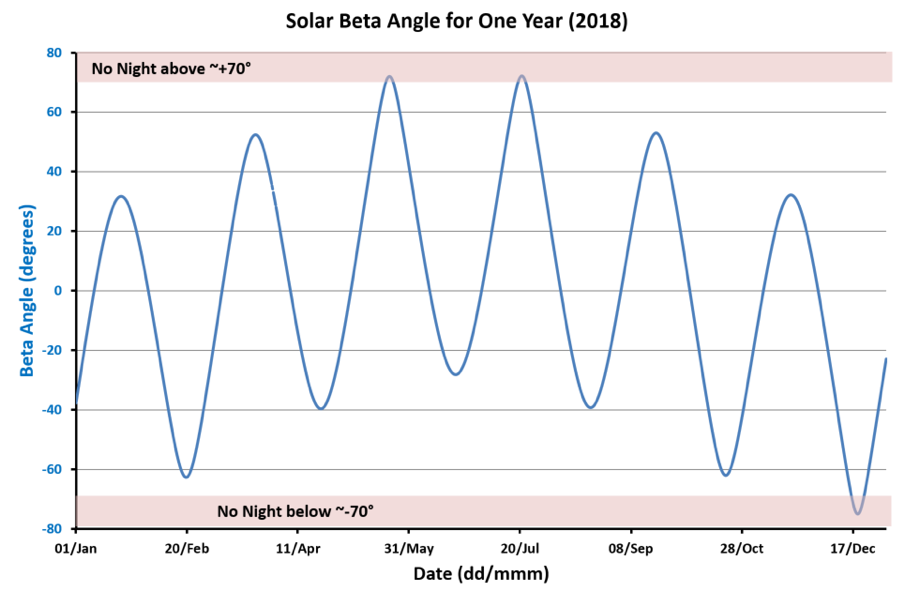
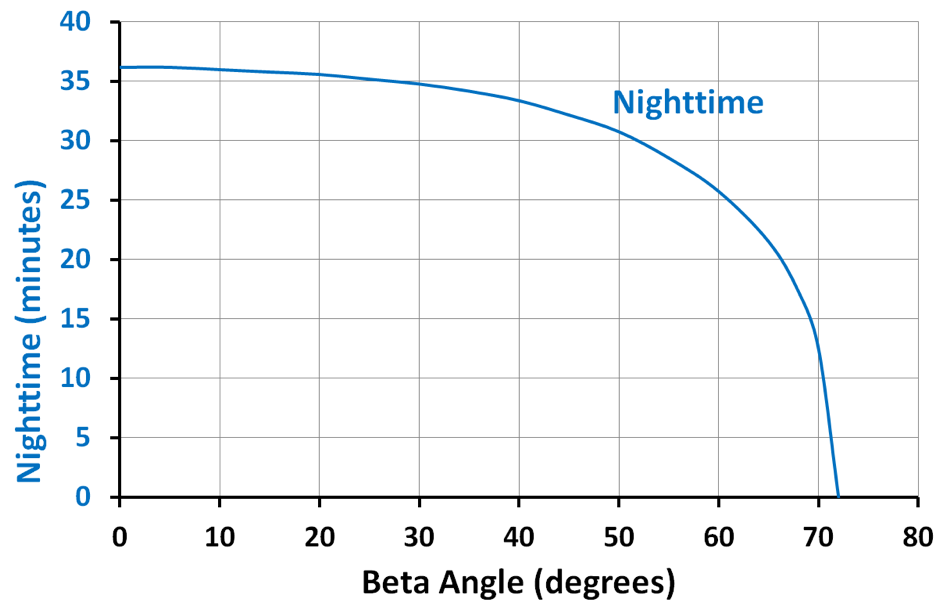
The second variable that affects the thermal environment is the solar constant, the power from illumination by the Sun. It varies from 1326 $W/m^2$ to 1418 $W/m^2$ as the distance of the Earth from the Sun changes, as shown in Figure 5. This can cause differences of AMS temperatures on the order of 5°C.
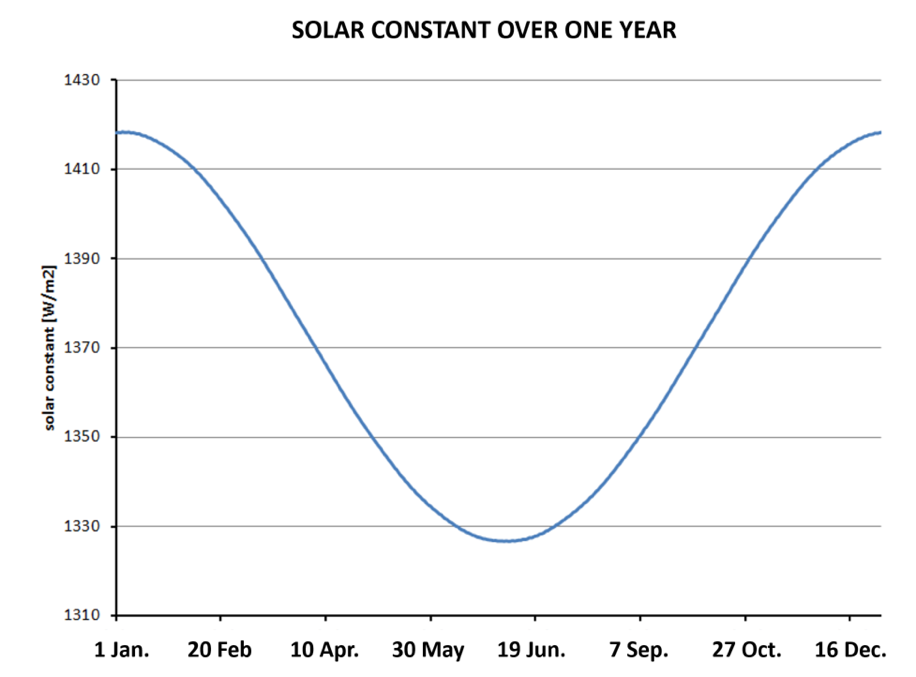
Typical values of the albedo are shown in Figure 6.
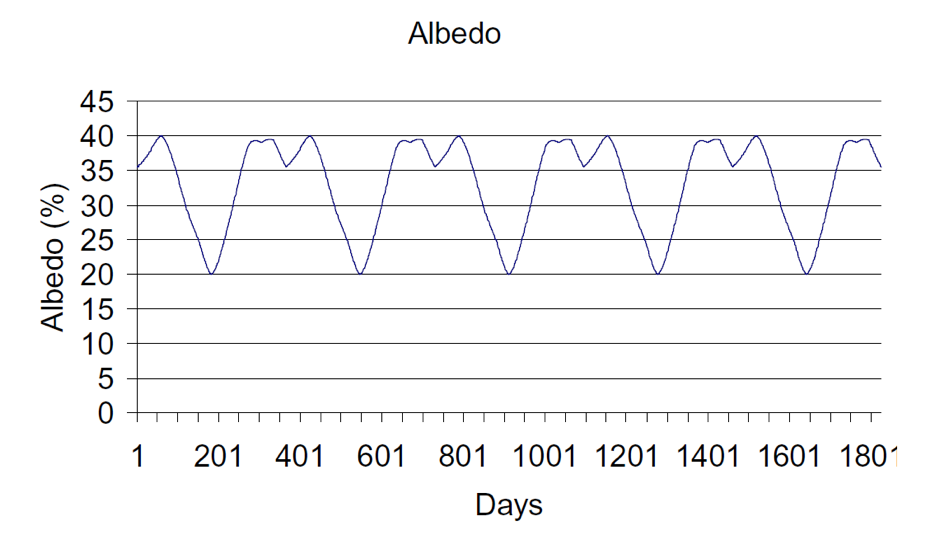
Unpredicted thermal variables (those which change with ISS operations and which were not included in preflight modelling supplied by NASA) include the ISS main radiator positions, solar array positions, attitude changes, and shading of AMS by adjacent payloads.
As shown in Figure 7, the ISS starboard radiator is very close to AMS. Its position has a significant effect on the TRD gas pump temperature. This radiator can be rotated, blocking the view of the AMS structure and radiators to deep space and reflecting differing amounts of radiation. The radiator radiates infrared heat towards AMS.
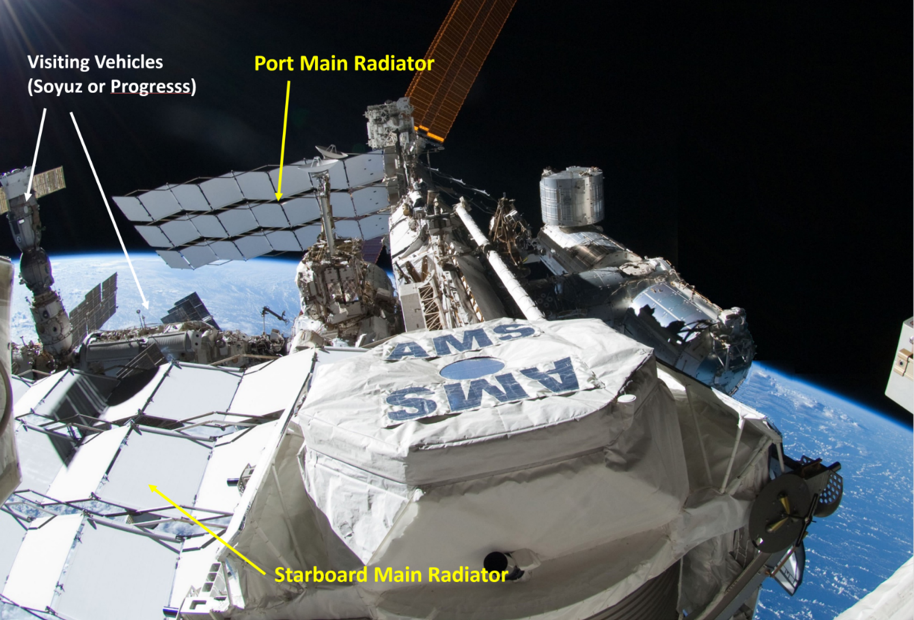
The solar arrays usually track the sun but are occasionally parked in a fixed position that shades AMS. Figure 8 shows the effect of a solar array locked in position to thermally protect an ISS element but shading AMS during part of the orbit. This was during a period of large positive beta angle, when, as shown in Figure 2, one side of AMS would be continuously illuminated and the Thermal team expected it to be a very hot environment. Instead, because of the shading, the Thermal team found it to be quite cold.

In addition, when a vehicle (e.g. Soyuz, Progress, see Figure 8) docks or undocks from the ISS, the ISS attitude can be changed significantly; for example, the ISS may fly backwards or be rotated such that AMS is horizontal. This has a drastic effect on the AMS thermal environment.
The adjacent payload (Express Logistics Carrier 2 or ELC2) may also shade AMS during periods of large negative beta angle, as indicated in Figure 9.

As stated, thermal control is one of the most challenging tasks in the successful operation of the AMS experiment. AMS temperatures are changing continuously. The overall Thermal Control System of AMS must be monitored 24 hours a day and is one of the most critical positions in AMS operations.
